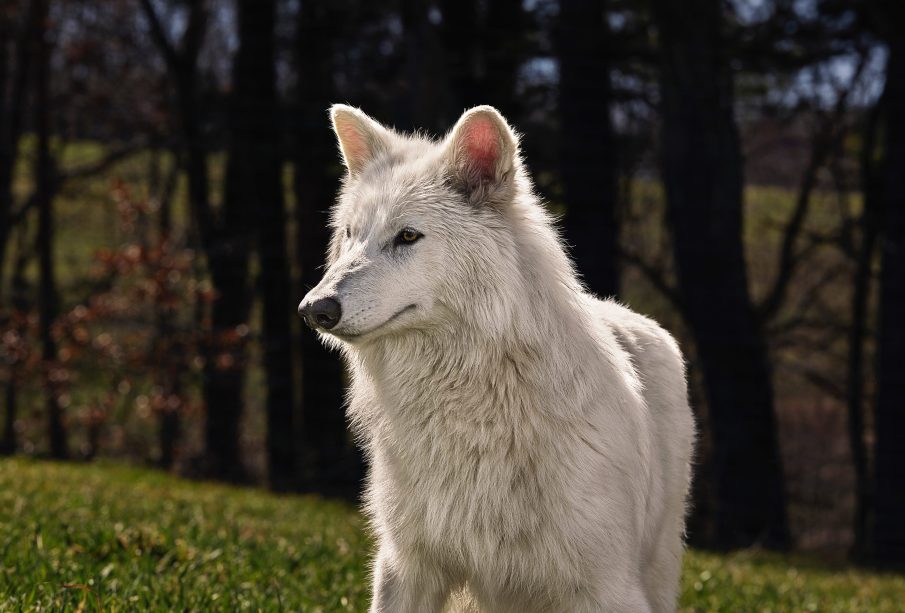The Extinction of the Dire Wolf: Understanding the Causes

Introduction
The dire wolf, an iconic prehistoric predator, once roamed North America during the Late Pleistocene. Known for its massive size and powerful build, this species has fascinated scientists and the public alike. Understanding the extinction of the dire wolf is crucial not just for paleontology, but also for comprehending the interplay of species within ecosystems, the effects of climate change, and the human impact on wildlife.
What Led to the Extinction of Dire Wolves?
Dire wolves (Canis dirus), larger and more robust than modern-day gray wolves, were apex predators that thrived during the Ice Age. Their extinction around 10,000 years ago coincided with the end of the last Ice Age, a significant turning point for both flora and fauna. According to various studies, several factors contributed to their extinction:
- Climate Change: The rapid warming at the end of the last Ice Age led to significant habitat changes. Forests expanded as grasslands retracted, displacing the prey species the dire wolves relied on.
- Overhunting: Emerging human populations are believed to have competed with dire wolves for the same prey. As megafauna such as mammoths and mastodons dwindled, dire wolves faced increasing challenges in securing food.
- Pack Behavior: Scientific evidence suggests that dire wolves relied on cooperative hunting in packs, making them vulnerable if their social structures were disrupted by environmental or ecological changes.
Archaeological Evidence
Archaeological sites across North America, including the famous La Brea Tar Pits in Los Angeles, have provided fossil evidence of dire wolves. Researchers have found over 4,000 dire wolf fossils at the site, indicating that they were prevalent in the region. The fossils show signs of a variety of prey choices and living conditions, offering insights into their behavioral patterns and diet.
Significance of the Dire Wolf Extinction
The extinction of the dire wolf serves as a reminder of the fragile balance within ecosystems. It emphasizes how climate shifts and human activities can significantly impact species survival. Moreover, understanding why these majestic creatures disappeared can inform modern conservation efforts aimed at preserving biodiversity and protecting endangered species from similar fates.
Conclusion
In conclusion, the extinction of the dire wolf was likely the result of a confluence of factors, including climatic changes and human impacts. By studying the demise of this iconic predator, scientists can glean important lessons about the management and conservation of species in a world that continues to face similar ecological challenges. The legacy of the dire wolf reminds us of the importance of protecting our natural heritage and maintaining the balance within our ecosystems.








